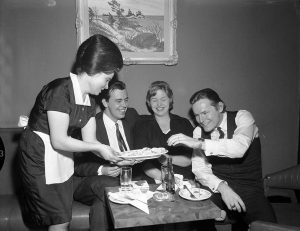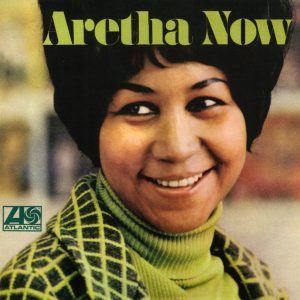It must have been terrifying to be an artist in the Soviet Union during World War II. Classical composer Dmitri Shostakovich seems to have done the best he could at time when a bad review from one person — Stalin — could do literally what bad reviews from critics only do figuratively.
Here is what Wikipedia said about the Seventh Symphony, which was written during the war:
After the outbreak of war between the Soviet Union and Germany in 1941, Shostakovich initially remained in Leningrad. He tried to enlist for the military but was turned away because of his poor eyesight. To compensate, Shostakovich became a volunteer for the Leningrad Conservatory’s firefighter brigade and delivered a radio broadcast to the Soviet people
listen (help·info). The photograph for which he posed was published in newspapers throughout the country.[29]
But his greatest and most famous wartime contribution was the Seventh Symphony. The composer wrote the first three movements in Leningrad and completed the work in Kuibyshev (now Samara) where he and his family had been evacuated. Whether or not Shostakovich really conceived the idea of the symphony with the siege of Leningrad in mind, it was officially claimed as a representation of the people of Leningrad’s brave resistance to the German invaders and an authentic piece of patriotic art at a time when morale needed boosting. The symphony was first premiered by the Bolshoi Theatre orchestra in Kuibyshev and was soon performed abroad in London and the United States. However, the most compelling performance was the Leningrad premiere by the Radio Orchestra in the besieged city. The orchestra had only 14 musicians left, so the conductor Karl Eliasberg had to recruit anyone who could play a musical instrument to perform the symphony.[30] The Leningrad Shostakovich reportedly had in mind was not the one that withstood the German siege. Rather, it was the one “that Stalin destroyed and Hitler merely finished off.”[31] (Continue Reading)
He seemed to have real guts, according to ClassicalNet:
The severe restrictions placed on art by Stalin and Khrushchev also helped cause Shostakovich to become disillusioned. Always afraid of official condemnation, he followed the leads of Ludwig van Beethoven, Piotr Ilyitch Tchaikovsky, and Modest Mussorgsky by writing music with profound themes buried underneath dominant themes of a banal nature and completely opposite sentiment. For his political safety, Shostakovich managed to keep his own voice while complying with the government’s policy of “socialist realism” – art depicting the triumph of Leninism and the complete, if contrived, optimism of Soviet life. Still, Shostakovich was disciplined by the cultural authorities on several occasions, particularly when all of the USSR’s leading composers, including Serge Prokofiev, Aram Khachaturian, and Nicolai Myaskovsky, were denounced for “formalism,” or decadent avant-gardism, in 1948; this coming after a period of war when artists had greater creative freedoms. (Continue Reading…
Here is more on the topic of Shostakovich and Soviet power.
Above is the beautiful “Waltz No. 2” and below is “Can Can” performed by the Rotterdam Philharmonic Orchestra. To be honest, it’s too jumpy for my taste. I included it, however, because the performance is great, the video clear and, most of all, conductor Hans Leenders is awesome.










Add Comment